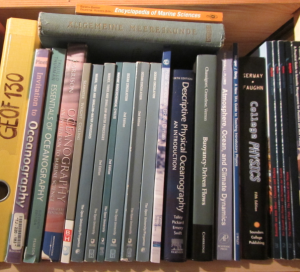
Peer instruction! Combine it with individual thinking or discussions with the whole class?
Make sure it stays silent during the first step of the clicker process. When using clickers in class, there are many different possible ways of implementing clicker questions and peer…
